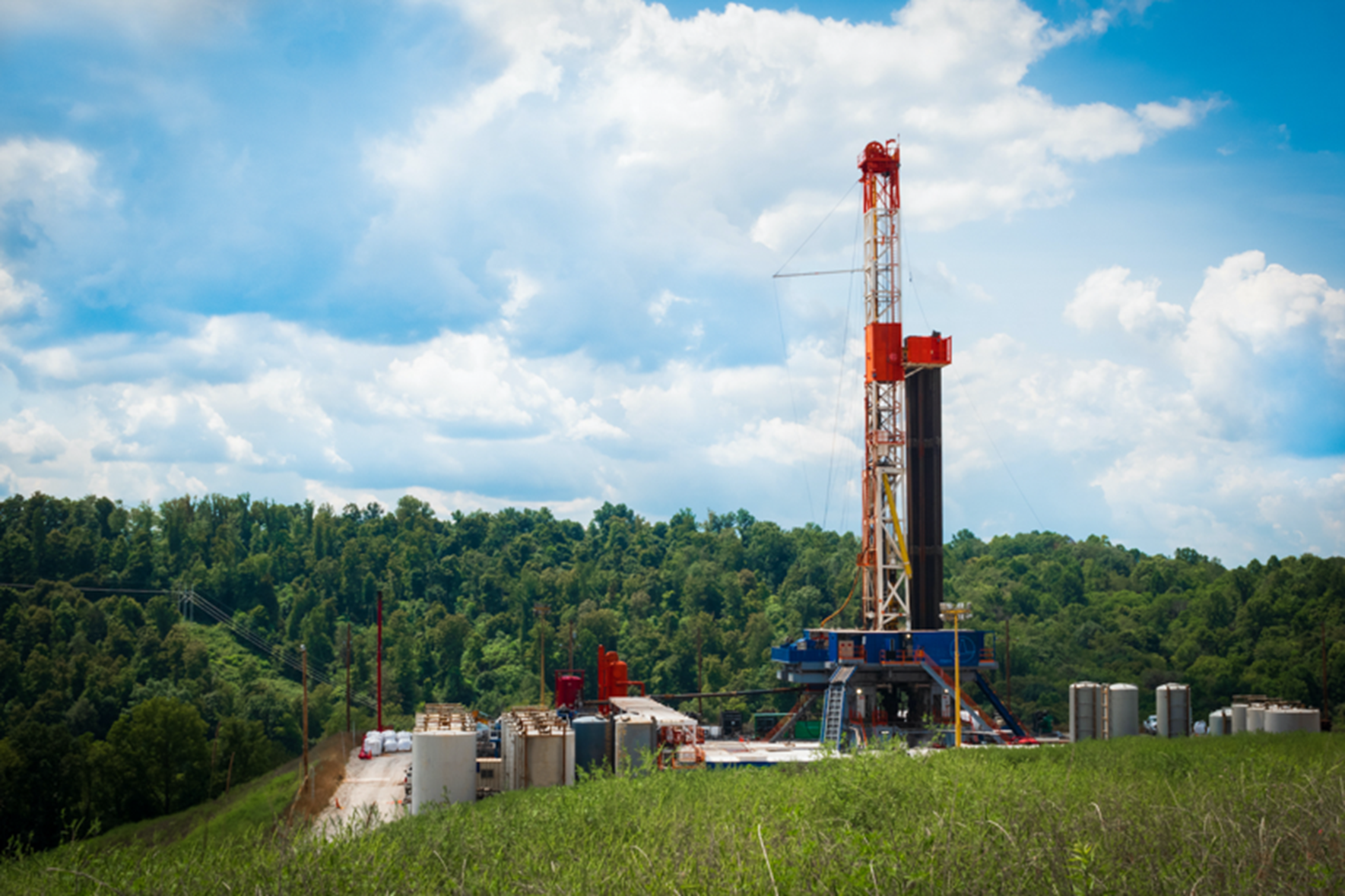New, real-time air quality data of well sites in Southwestern Pennsylvania reaffirms what other studies over the last decade have concluded: responsible natural gas development poses no risk to public health or the environment.
Collecting and analyzing more than 100,000 data points from independent, continuous monitoring over the last 9 months, results from CNX Resources’ initiative show asthma-inducing particulate matter (PM2.5) and other pollutants (benzene, toluene, ethylbenzene, and xylene, also known as BTEX) are consistently well below health-protective levels during activity.
Public health studies often rely wholly on statistical models that skew outcomes, as was the case with Pitt’s public health and environment studies last year, especially when no actual measurements are taken.
Flawed methodology in all three of Pitt’s studies “failed to adequately consider other critical causational factors that may have affected the findings,” Marcellus Shale Coalition President Dave Callahan stressed to WPXI. “As an industry rooted in science and engineering, we take objective and transparent research seriously,” Callahan continued.
The emissions monitoring at CNX production pads and midstream facilities in the region provide reliable, verified data to the public and add to the mountains of evidence-based research that confirms natural gas development is conducted responsibly and in a manner that’s protective of our environment and the health and safety of the communities in which we operate.
Specifically, the latest analysis found:
- Particulate Matter (PM2.5) levels were within the acceptable range of NAAQS standards across all locations and were significantly lower compared to those found in regional urban areas.
- BTEX concentration measurements are significantly below the established minimum risk thresholds at every site.
Conducted by a third party, the analysis is based on data gathered within 500 feet of the wellbore, providing the most accurate representation of air emissions due to pollutant levels diminishing with distance from dispersion.
These findings come as no surprise, as they are consistent with many other measurement-based analyses and related data, including that of the Pennsylvania Department of Environmental Protection (PA DEP), which demonstrated transitioning to natural gas for power generation led to historic NOx and SOx emission declines delivering between $450 billion to $1.04 trillion in public health benefits.
More, increased natural gas use in Pennsylvania’s power sector slashed emissions across the value chain—resulting in a 46% drop in carbon emissions since our 2005 peak.
The data analyzed at CNX facilities mirror findings from a robust, two-year air quality study of a Range Resources well site near the Ft. Cherry School District in Washington County. It found operations “do not pose any acute or chronic health concerns” and that the data “showed no air quality impacts of potential health concern.”
Operating under among the strictest environmental regulatory framework, along with high community and stakeholder expectations, the findings – along with prior empirical studies on air, water and waste – confirm natural gas is safely and responsibly developed and transported in Pennsylvania. It is a testament of the industry’s commitment to excellence in providing the energy powering society while adhering to the highest of environmental standards.





